
Gear:
Sony a7IV
Sony FE 2.8/16–35 mm GM
Sony FE 4/24–105 mm G
Sony FE 100–400 mm GM
DJI Mini 3 Pro
You can see the VLOG to the BLOG at the bottom of the page or you can reach it via this button:
Ever seen a landscape photo and thought: Wow, I absolutely have to go there! – and then you got there and thought: Hang on a minute… it looks completely different, why does everything seem so flat or so normal? Where are those epic colours and the magical light?
Well, that may be because you have seen a picture by a photographic artist who is not concerned with documenting a landscape or accurately reproducing reality in his pictures. Instead, he is concerned with art, or perhaps with creating a perfect moment, or even just an emotion.
Well, that’s exactly what today’s post is about: What distinguishes normal landscape photography from fine art landscape photography? And is fine art ultimately just fake? I’m curious to hear your opinions and views. So read the blog or watch the video to the end and then write your thoughts in the comments!
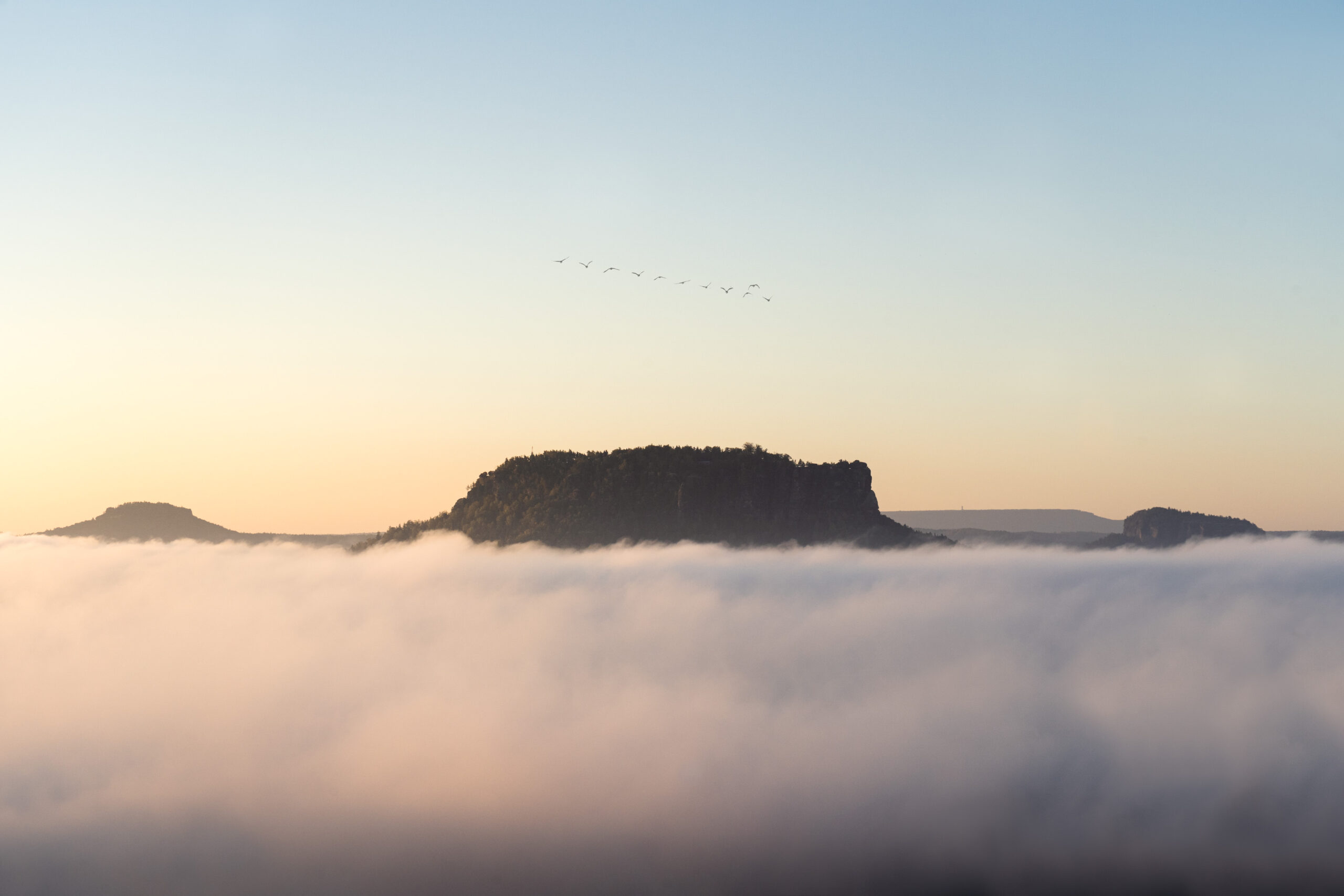
‘Standard’ landscape photography, or landscape photography that serves more as documentation, captures nature as it is. The goal is to create a realistic representation. Colours, lighting and composition should appear natural and are best planned in advance or incorporated spontaneously. This makes it perfect for travel photography, documentaries, magazines and even advertising brochures, for example for the tourism industry in a particular location. In this form of landscape photography, editing is rather subtle – small adjustments such as exposure, contrast or white balance – sometimes that’s all it takes. Minor distracting elements may also be stamped out or given a little more depth with Dodge & Burn. But colours are left as natural as possible.
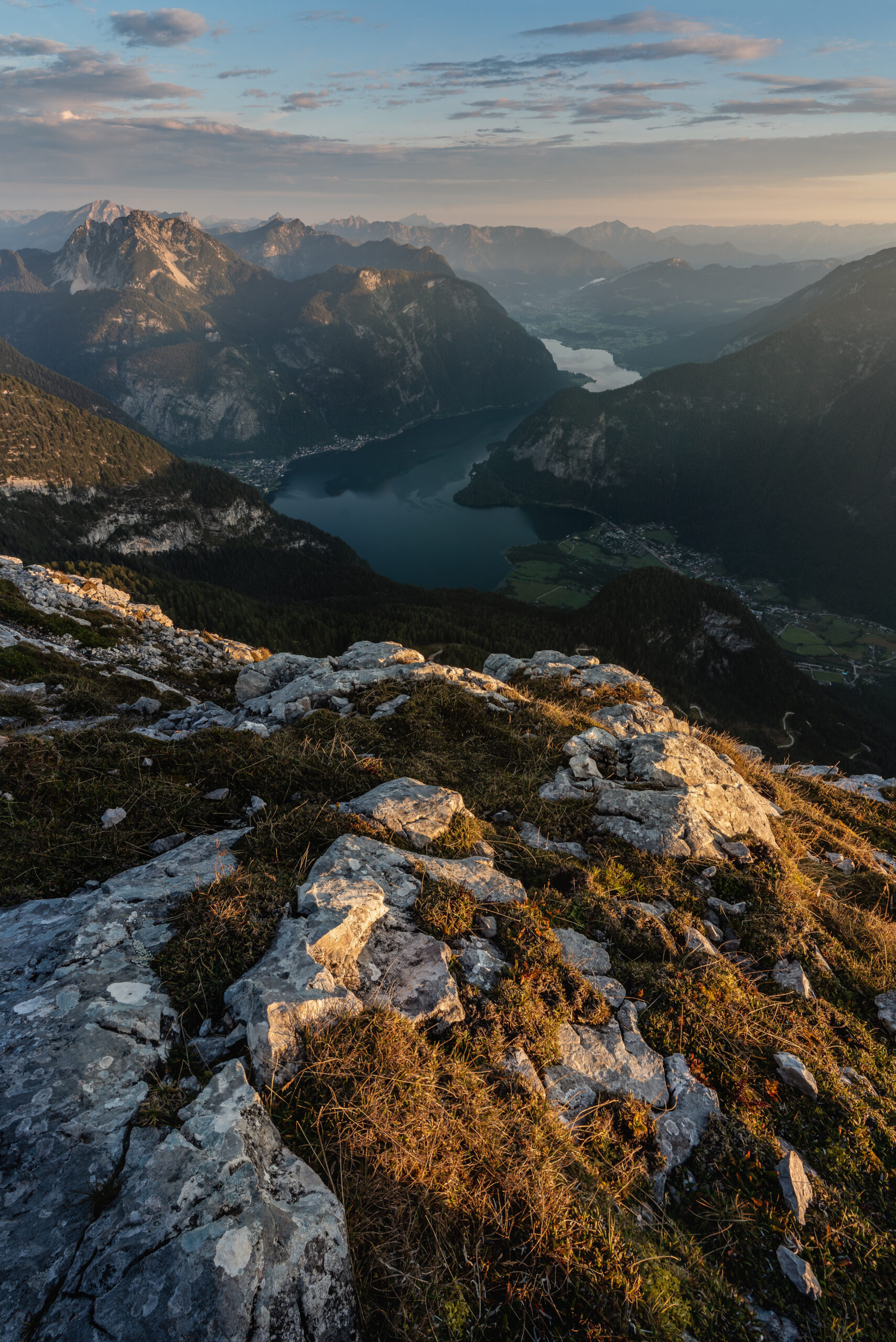
Fine art landscape photography is not about sober documentation, but rather an artistic interpretation of the landscape. The artistic vision of the landscape or place in nature is the focus here. The goal is not to photograph the landscape realistically, i.e. as it actually looked, but rather how the photographer felt and experienced it. For the artist, the emotion or a certain mood in the image is paramount. It is more about creating art for galleries or wall art for collectors, or even for the artist’s own portfolio or a picture book. For this type of photography, extreme shooting angles or focal lengths are used at the location to exaggerate proportions, for example. Colours may also be dramatically altered in some way, lighting moods significantly enhanced, or entire image elements removed or added. Post-processing is a crucial part of the creative process. Anything that emphasises the photographer’s vision is permitted. It is more about photo art than photo documentation.”
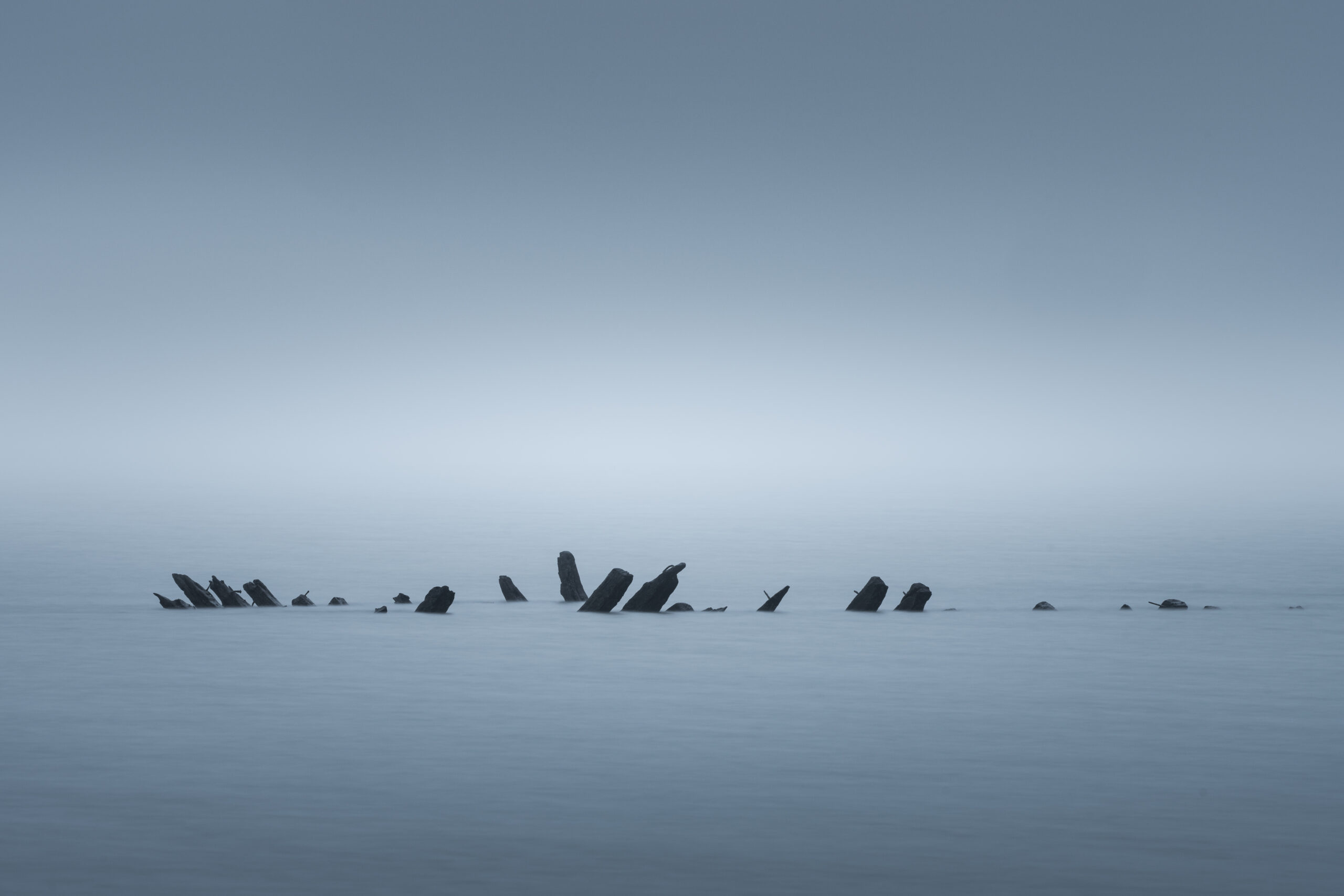
This and all other shots of this post you can request under “Prints” as an art print for your wall at home directly from me.
The differences can sometimes be seen during the capturing process.
In classic landscape photography, the process is simple: plan for the weather, light and subject, find the location at the right time, choose the focal length and perspective, set up the tripod, compose the image neatly, possibly use a classic technique such as a graduated filter, then wait for the natural light to fall – and take the photo at the best moment – done. The aim is to get the perfect image straight from the camera, requiring as little editing as possible. Even though images can sometimes be created spontaneously.
The process described above is basically the same in fine art photography, albeit more experimental. ND filters are often used for long exposures, unusual perspectives or extreme focal lengths are used to create an ‘aha’ or ‘wow’ effect, or to make small things appear large. Alternatively, deliberately overexposed or underexposed images can be used. Sometimes, different shots such as long and short exposures are combined or time blending is used. In most cases, the photographer already has the subsequent image editing in mind while taking the photos and acts accordingly on site.
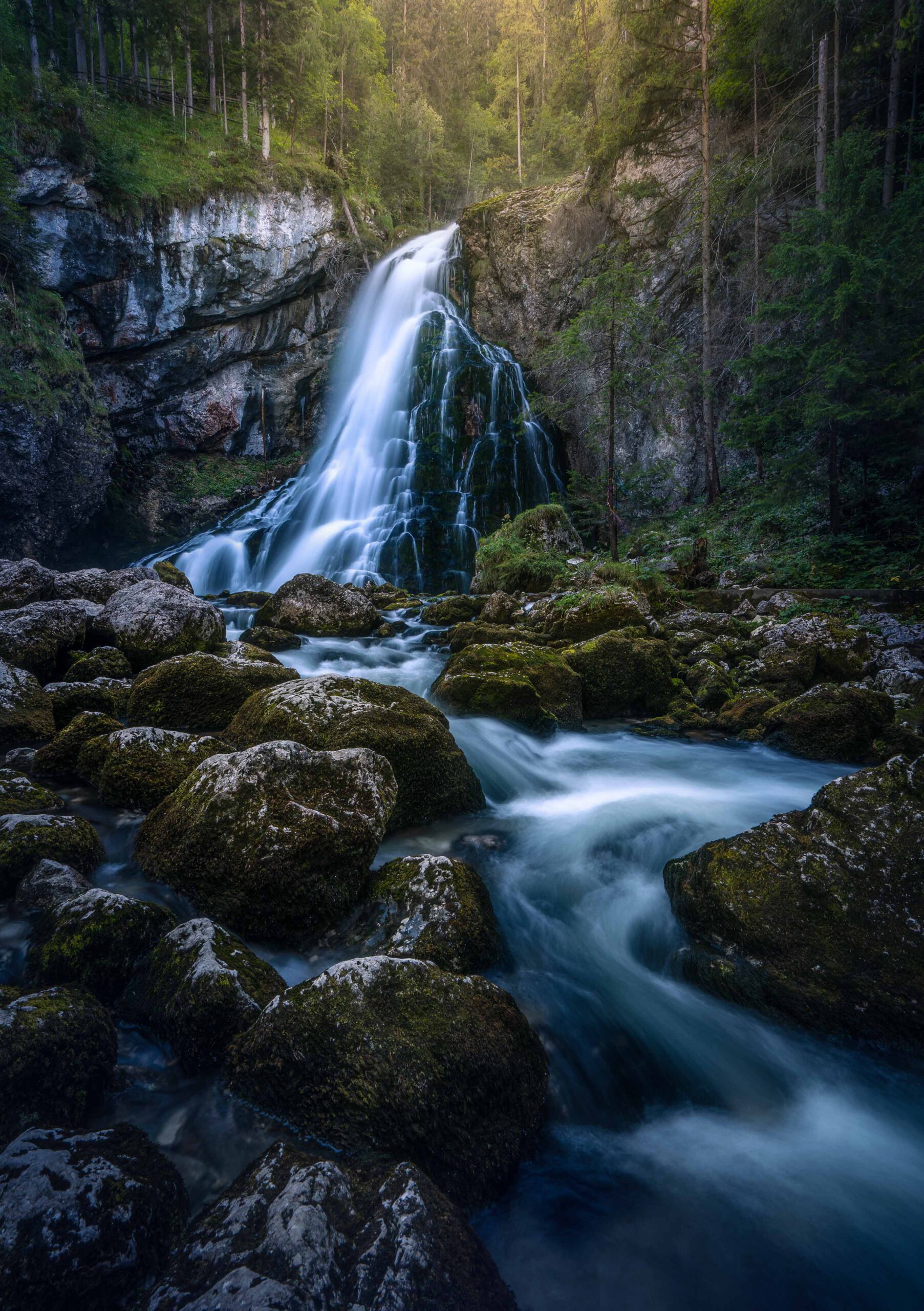
If you would like to try or buy Luminar Neo yourself, you can use the code ‘Sphoto10´ to save an additional 10% on Luminar Neo!
Click here for Luminar Neo (*)
The difference between normal and fine art landscape photography becomes really clear in image editing.
As already mentioned, normal landscape photography involves minor corrections: white balance, contrast, perhaps a little sharpness. These are all things that can be easily edited in Lightroom. And even if selective adjustments are used in addition to global settings, the realistic representation is usually preserved.
In fine art photography, Photoshop or Luminar Neo are used alongside Lightroom and have become important creative tools: in addition to more or less dramatic colour changes, artificial lighting effects can also be created. Sometimes the sky is replaced, whether through time blending, incorporating a long exposure shot taken on location, or even complete composites. Images taken with different focal lengths may be combined, or distortions may be used in Photoshop, and much more. The result is no longer a pure representation of the landscape, but an artistic vision. Much of it may be heavily darkened to draw the viewer’s eye to exactly the element in the image that the photo artist wants. Atmospheric elements are added, and so on. There are hardly any limits. And the boundaries between photography and digital art are also blurring.
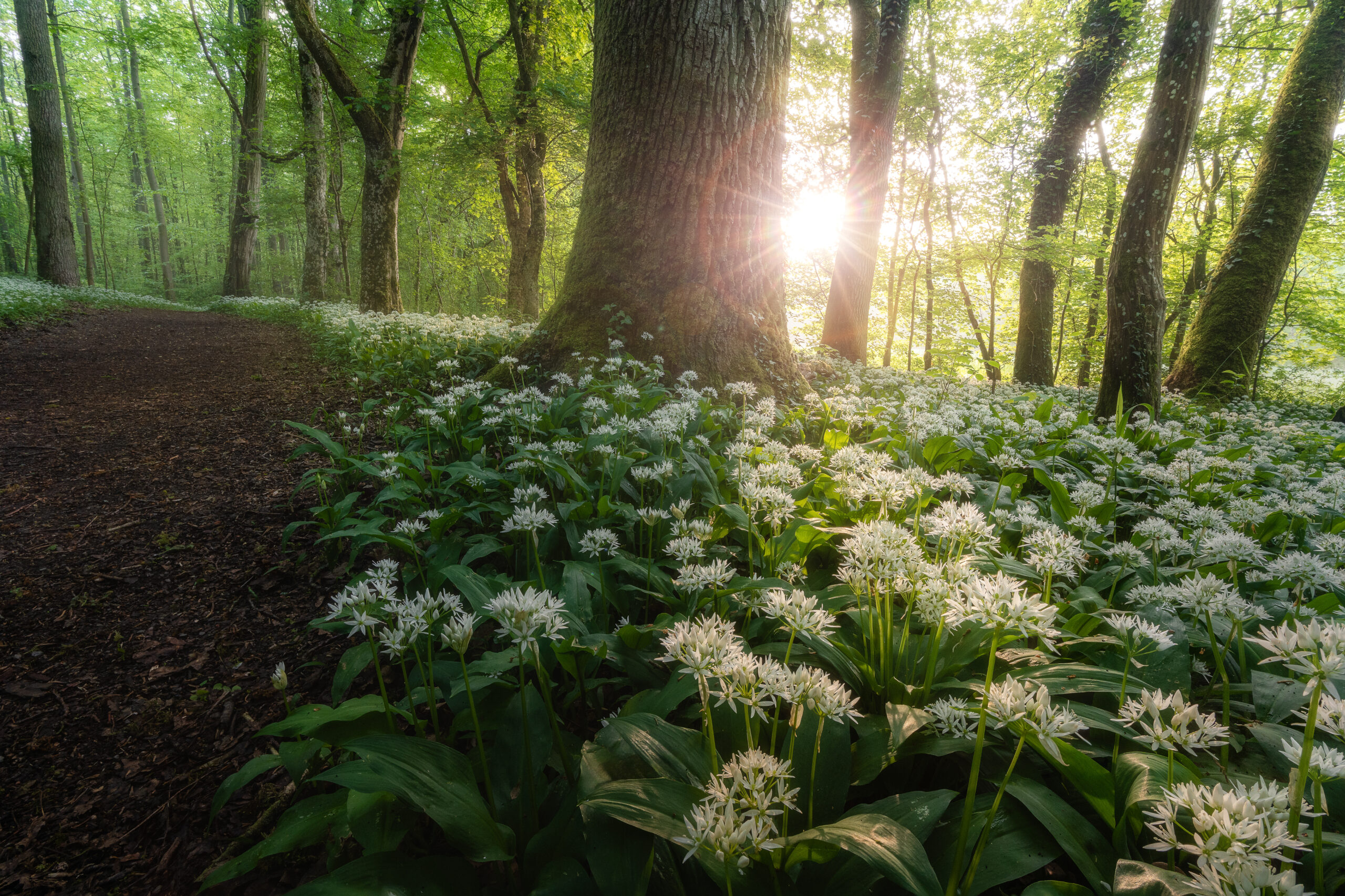
But wait a minute – doesn’t that mean fine art photography is just fake? Aren’t we deceiving our audience, i.e. the viewers of our pictures? Aren’t we pretending that a reality exists that doesn’t actually exist?
The answer is no.
I know that many people expect a photograph to show reality. This is absolutely essential, especially in reportage photography. In landscape photography, it depends on how the images are used.
Fine art photography is not deception, as long as it is clear that it is an artistic interpretation, a realised photographic vision. Let’s take a painter as an example. He does not paint his landscape exactly as it looks in reality, but as he feels it. Similar to a fine art artist, he adds lighting effects, animals or celestial bodies to his painting and leaves out the road, the sign or the park bench with the rubbish bin. He is inspired by the landscape and creates his own interpretation or vision with his painting. This is exactly what fine art photographers do. Instead of a brush and canvas, they use their camera and image editing to realise their vision. It is not about documentation, but about emotions, mood and artistic expression. It is art.
Incidentally, even selecting a focal length and choosing a section of a photograph is a kind of deception. By deliberately omitting elements of the landscape, simply by not including them in the picture, or not being able to include them, a different effect of reality is created for the viewer. From this perspective, even a black-and-white image is a deception. The world is in colour. Reducing it to black and white reduces distraction through colour and allows the viewer to experience a completely different effect through shapes or contrast. Seen in this light, every image actually presents a different reality than the true reality. Viewers, photographers and photo artists alike should be aware of this. That’s why it was important to me to make this video. I think the key lies in honesty. Those who create fine art can and should name it as such and make it clear that it is an artistic interpretation.
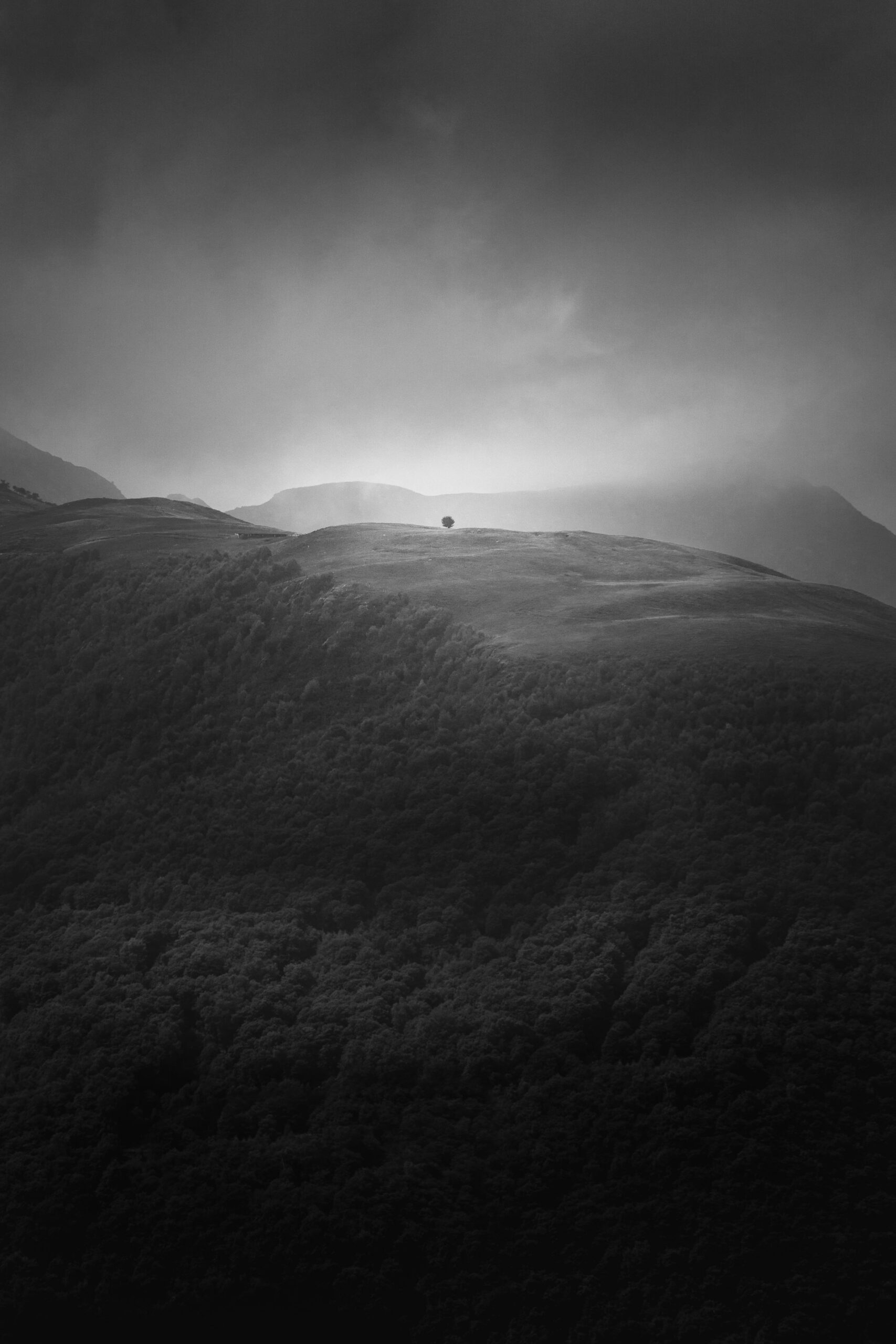
In summary, it can be said that normal landscape photography tends to show reality, documenting the state of our world at a particular point in time. Fine art landscape photography visualises the vision of a photographic artist and attempts to evoke more emotion in the viewer. Both have their place – they just have different goals. While normal landscape photography is perfect for magazines, personal photo books or similar, fine art landscape photography is more specialised, intended for galleries, portfolios or illustrated books. This is also because the editing process takes so much more time.
I think both have their place. I don’t consider fine art photography to be fake either. It should just be labelled as such and not deceive viewers by telling them a fairy tale that never happened.
Personally, as a photographer, I see myself somewhere in between and would not assign myself to one particular area. My pictures go beyond mere documentation, but I still try to incorporate as much as necessary and as little image editing as possible. However, if it benefits my vision, my target photo, then I may do a little more.
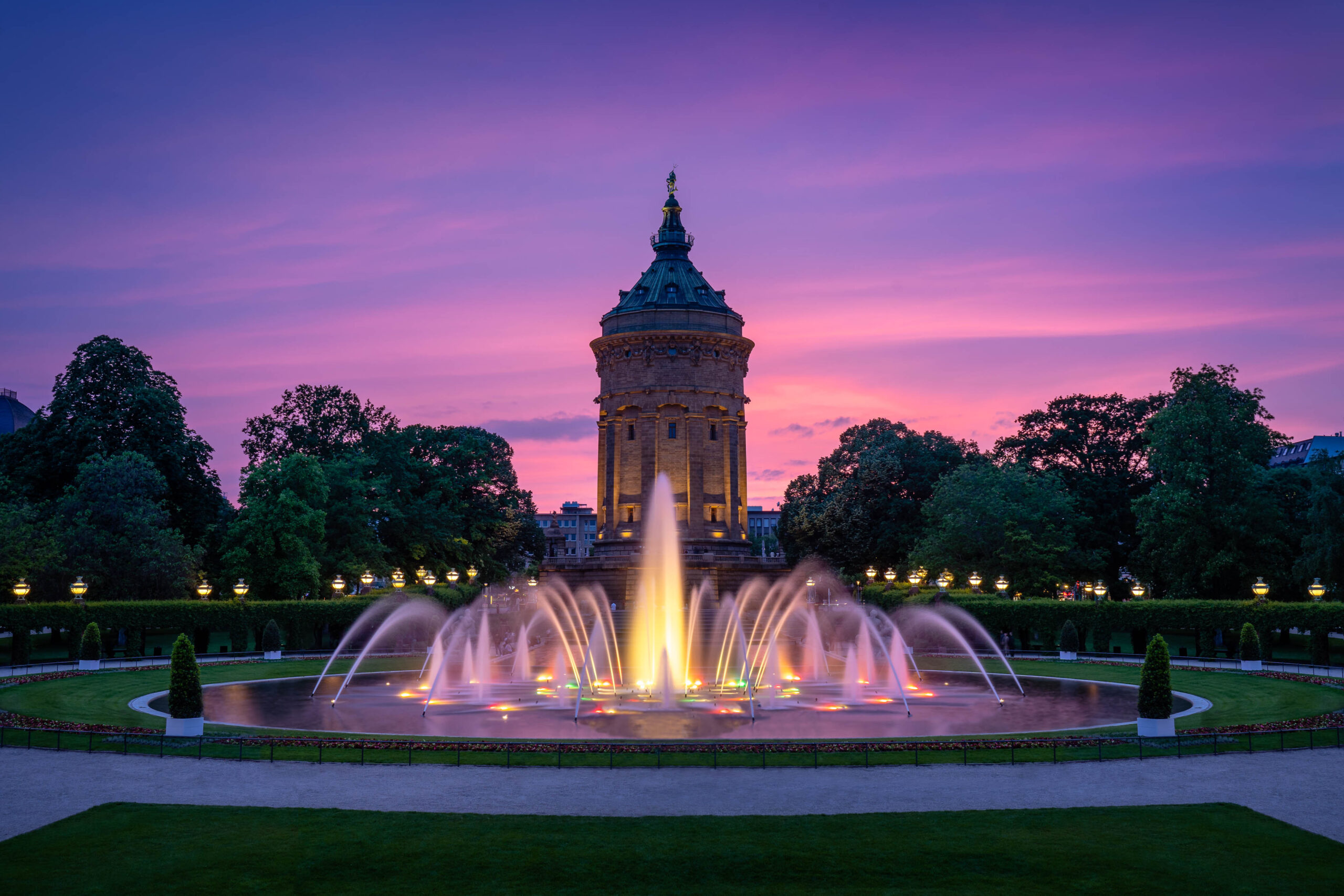
This time, we have a slightly different post. We’re not going out on a photo adventure, nor am I going to show you how to tease out all the details in image editing. This post is about a controversial topic, namely how much image editing is too much and can I simply disguise my fake under the guise of fine art?
Feel free to share: